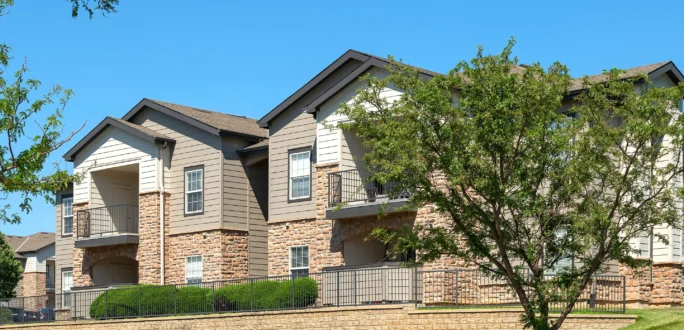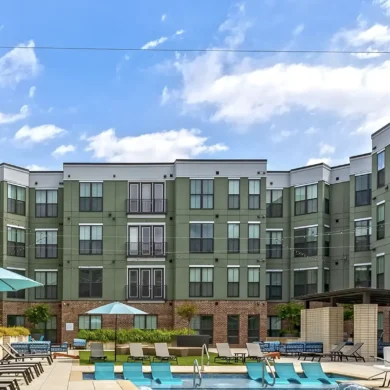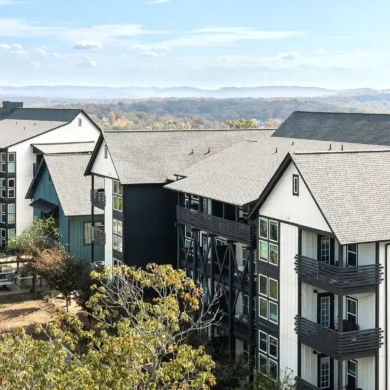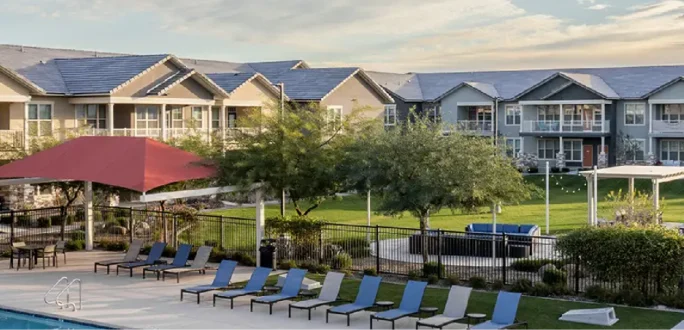
Q&A with Kurt Houtkooper
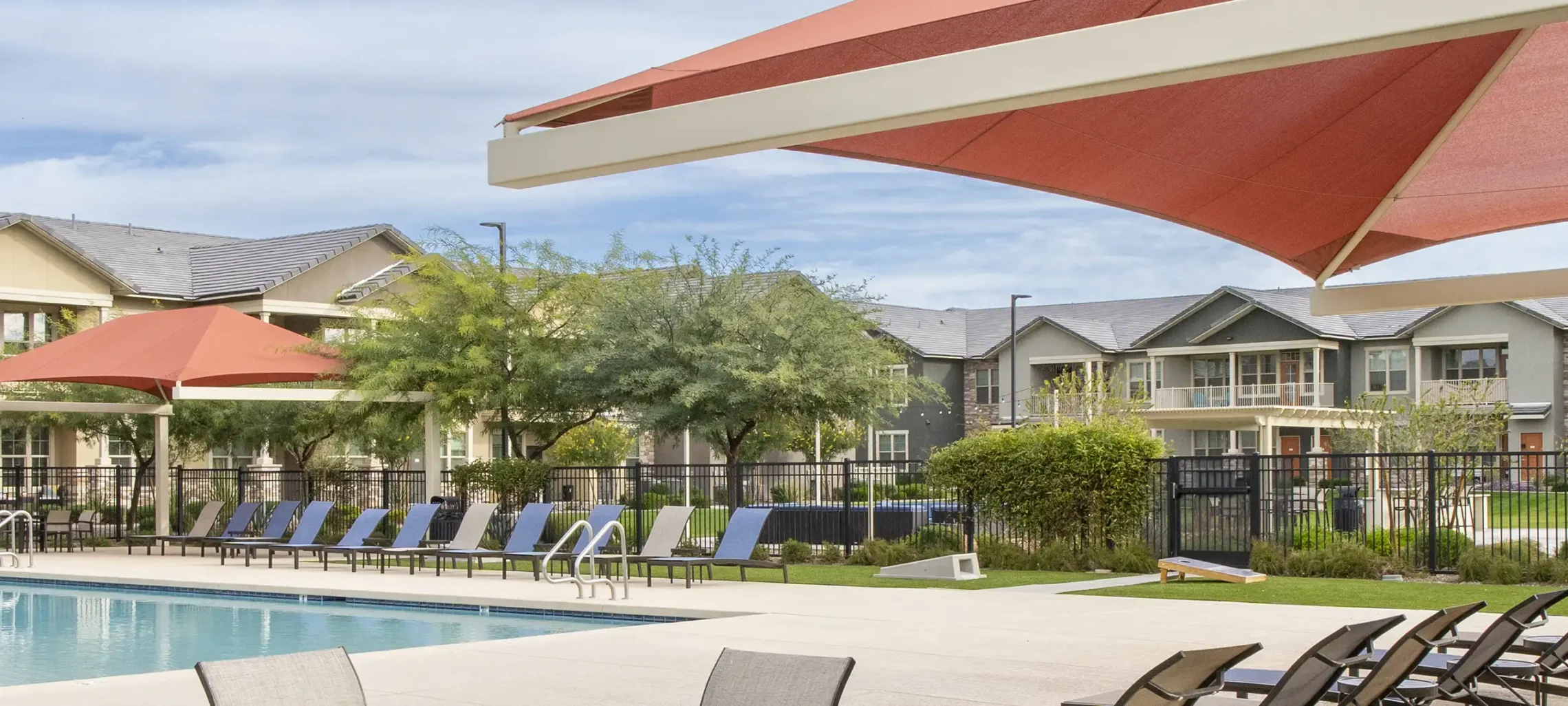 Ironwood at Happy Valley (Phoenix, AZ)
Ironwood at Happy Valley (Phoenix, AZ)
A brief outlook of 2025 from Hamilton Zanze CEO Kurt Houtkooper.
Units Magazine recently had the chance to speak with Kurt Houtkooper, CEO of Hamilton Zanze, a San Francisco-based multifamily investment firm. The company’s portfolio currently comprises approximately 125 properties across just under 30 markets. In this interview, we discuss—among other things—Houtkooper’s outlook for the apartment industry in 2025 and Hamilton Zanze’s goals and strategies for the upcoming year.
As we enter 2025, what’s your outlook for the multifamily industry in terms of rent growth, occupancy and investment sales?
Houtkooper: The pace of new construction is finally moderating. Some estimates suggest multifamily completions will decline by more than 20% this year. Broadly speaking, this should support higher or level rent growth and improved net operating income for apartment communities. By late 2026 and into 2027, as new supply further declines, we anticipate even healthier top line rent growth.
On the investment side, we expect transaction activity to pick up in 2025. With the Federal Reserve shifting toward an easing monetary policy, investor confidence has improved. More equity is chasing multifamily assets, and we’re also seeing major banks reengage as active lenders. That combination lays the groundwork for a more dynamic investment sales environment this year.
How is Hamilton Zanze’s portfolio performing in terms of occupancy and rent growth? And given the industry-wide concerns about rising insurance costs, what do your 2025 insurance expenses look like?
Houtkooper: We’re pleased with how our portfolio has performed despite the industry’s headwinds in recent years. As of now, our occupancy stands at approximately 93%, and we saw a 1.8% year-over-year increase in rent rolls as of December.
We work closely with Mission Rock Residential, our property management partner, to drive operational efficiencies, manage capital expenditures and create living environments that residents want to reside in long-term.
On the expense side, we’re in a strong position heading into 2025. Notably, after years of rising insurance costs, we achieved a 17% reduction in premiums at our year-end renewal. This is the result of a disciplined approach to structuring a layered insurance program with leading carriers in London, Bermuda and the U.S. Our liability coverage is sourced from multiple domestic insurers, further optimizing value.
What are Hamilton Zanze’s key objectives for 2025?
Houtkooper: In 2024, we took meaningful steps to expand our investment platform, and those initiatives will remain a core focus this year.
We launched the HZ Evergreen Fund to meet investor demand for greater diversification, predictable income and streamlined estate planning. We also introduced Revere Housing, a platform dedicated to acquiring dislocated real estate and loan notes in high-demand urban markets—particularly in California. Additionally, we partnered with Limekiln Real Estate Investment Management to provide investors with access to private credit through the acquisition of securities in Freddie Mac K-165, a pool of 10-year, fixed-rate, stabilized multifamily loans.
In 2025, we plan to sponsor the acquisition of approximately $1 billion in apartment communities, equating to about a dozen properties, while we project $250 million in asset sales. Our strategy remains focused on acquiring properties at a significant discount to replacement cost in markets with sustainable job growth. We see compelling opportunities in the West and Southeast.
Looking beyond 2025, what’s your outlook for the multifamily industry over the next three years?
Houtkooper: As I mentioned earlier, new apartment construction is slowing dramatically due to tighter construction lending conditions. By late 2026, new deliveries will effectively grind to a halt.
This shift will create favorable conditions for apartment owners and operators over the next several years. With fewer new developments coming online, existing communities will see higher absorption rates, driving occupancy higher and fueling stronger rent growth. This supply-demand imbalance should translate into significant upside for well-positioned operators through 2027 and beyond.


